What is wrong with my dragon plant?
amadeus83
last year
last modified: last year
Featured Answer
Comments (12)
Embothrium
last yearTiffany, purpleinopp Z8b Opp, AL
last yearRelated Discussions
What is wrong with my cryptomeria japonica 'black dragon'???
Comments (23)I did plant three C. deodora aurea in a sunny spot on front yard slope a year ago and all three are doing well. I also have a large Deodora that was here when I bought the house. I didn't think there was enough sun for the dwarf deodora in the side yard so I tried the Black dragon. You're right the deodora do love the hot dry summers we have here. The side yard has some oak trees in it hence the reason I have only 2-3 hrs of afternoon sun in that area. I have neighbors who have junk piled right up to the side yard so I was looking for something to block the view into their yard but not get too large. We are not allowed to have fences in our neighborhood due to the area being a wildlife preserve. I also have many deer that cross our property every day. The neighbors have Oleander shrubs on their side of the property but because of the shade they are very scraggly looking and I can see straight through to their yard. I was looking at Osmanthus delavayi shrub to put in place of the black dragon. It seems most of the conifers need full sun. The sweet olive shrub is said to grow in anything from full sun to full shade. My only worry is it might get too leggy in shade....See MoreWhat’s wrong with my mango plant?
Comments (14)You always need to be more careful with moisture retaining soils. Large Mangos are quite tough plants and will often come back from severe reversals. Smaller trees are more sensitive. They've evolved in a monsoonal climate where they often get flooded out during the wet season and are completely dry in the dry season. The dry season coincides with the coolest night time temperatures. A wooden skewer or chop stick pushed into the soil to see if there's moisture below is a common method for checking. The surface soil will often look dry when below it isn't. The leaves in your second photo are okay, but don't let them get to the stage of those in the first photo. And keep them away from cold night temperatures....See MoreAny suggestions on what’s wrong with my cucumber plant?
Comments (6)Aaarrrgggg. That’s what I was afraid of. I’m actually in San Antonio, Texas and this is the first time I’ve ever tried to grow anything. My parents live a bit south of me and have been very helpful with suggestions. (I come from a long line of Aggies, so I’ve got lots of advice!) I think if we plant them in mid-September, as long as we can get some “good growth,” we should be able to have some cucumbers before the first frost. Not sure if that’s true, though. So I should probably dig this plant up? It’s growing next to two tomato plants that seem to be doing quite well, with no signs of Aphids....See MoreAloe plant: what is wrong with my aloe plant?
Comments (8)the one in the first picture is rotting. If you're not quick, the rot will spread to the rest of the plant pretty fast. Its usually from over watering. I would take the whole plant out of the soil, check the roots for rot, cut all the rot out with a sterile knife or scissors and let the wounds callus over for about a week. Then repot in fresh soil. After you do that, refrain from watering for at least a week. When you do start watering, only water when soil is completely dry. Aloes are hardy and as long as the rot is gone and its watered less it'll be fine. I had an aloe I didn't water for 2 years once and it was fine, they just go dormant. Much easier to kill one from overwatering than underwatering. Good luck!...See Morefloral_uk z.8/9 SW UK
last yearamadeus83
last yeartapla (mid-Michigan, USDA z5b-6a)
last yearlast modified: last yearTiffany, purpleinopp Z8b Opp, AL
last yearamadeus83
last yeartapla (mid-Michigan, USDA z5b-6a)
last yearlast modified: last yearTiffany, purpleinopp Z8b Opp, AL
last yearfloral_uk z.8/9 SW UK
last yearamadeus83
last year
Related Stories
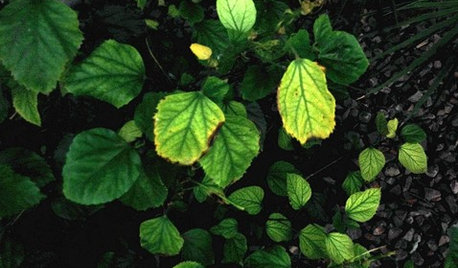
GARDENING GUIDESWhat's Wrong With My Plant? Leaves Often Hold the Clues
Learn how to identify common plant ailments by reading their leaves
Full Story
GARDENING GUIDES8 Deer-Resistant Elegant Evergreen Shrubs to Plant This Fall
Who knew that such beautiful shrubs could be deer-resistant?
Full Story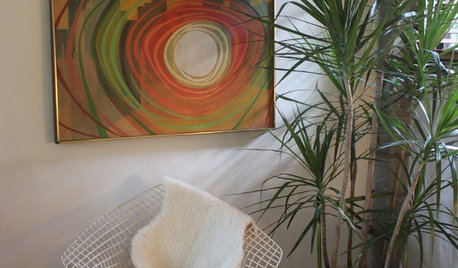
HOUSEPLANTSGet a Dash of the Rain Forest With Madagascar Dragon Tree
This living decoration reaches up to 15 feet, has minimal needs and adapts to different light levels — just steer clear of fluoride
Full Story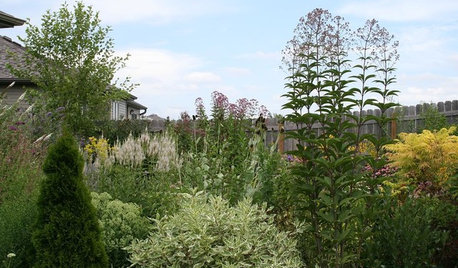
GARDENING FOR BUTTERFLIESGreat Design Plants: A Bevy of Beauties from the Meadow
Draw butterflies, birds and bees to the garden year-round with these low-maintenance Eupatorium varieties
Full Story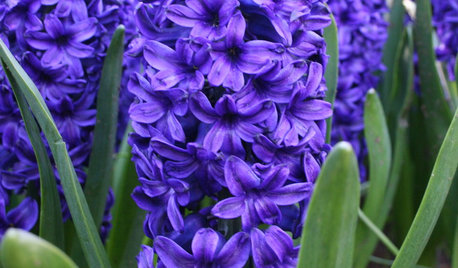
FALL GARDENINGFall Planting: No Bulb Garden Is Complete Without a Hyacinth
Plant hyacinths in fall for fragrant blooms in spring, just when you need them
Full Story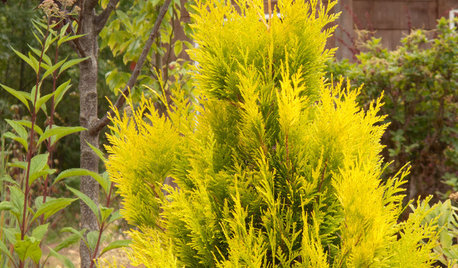
FOLIAGEGreat Design Plant: 'Forever Goldie' Arborvitae
As soft as a teddy bear, this golden conifer adds year-round interest to the garden
Full Story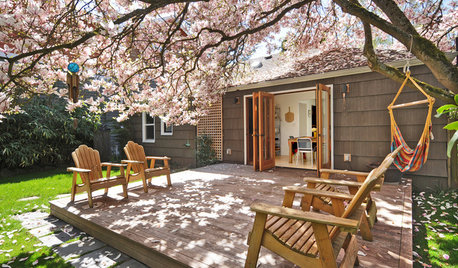
ARBOR DAY8 Reasons to Plant a Great Tree
Beauty is its own reward, but the benefits of planting the right tree in the right place go way beyond looks
Full Story
HOUSEPLANTS10 Top Plants to Grow Indoors
Brighten a room and clean the air with a houseplant that cascades artfully, stretches toward the ceiling or looks great on a wall
Full Story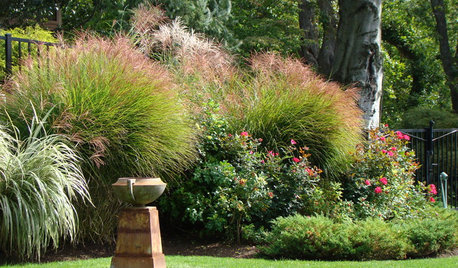
LANDSCAPE DESIGNThe 7 Best Plant Types for Creating Privacy and How to Use Them
Follow these tips for using different kinds of plants as living privacy screens
Full Story
HOUSEPLANTS8 Essentials for Healthy Indoor Plants
Houseplants add so much to our homes — and can thrive when grown in the right conditions. Keep these tips in mind
Full Story





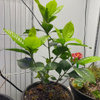
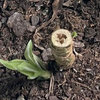
tapla (mid-Michigan, USDA z5b-6a)